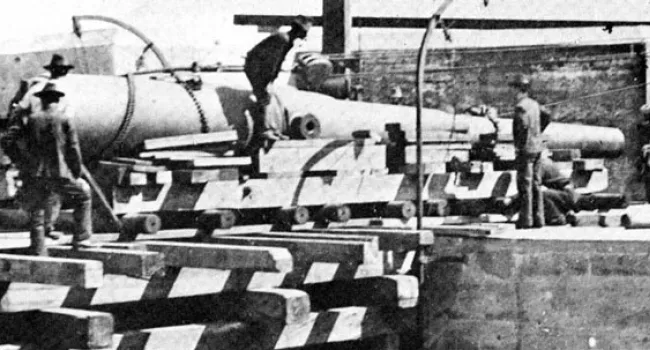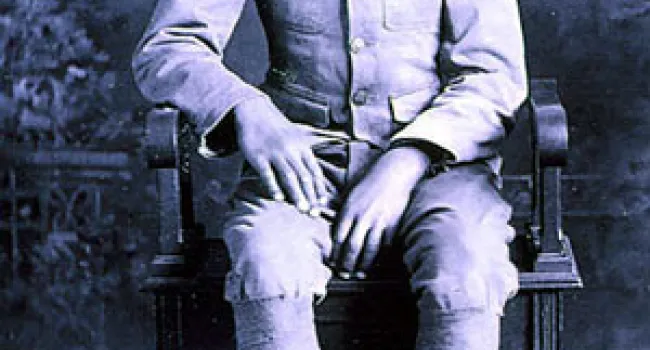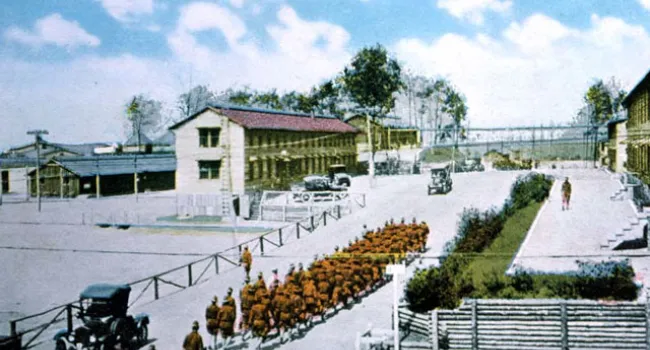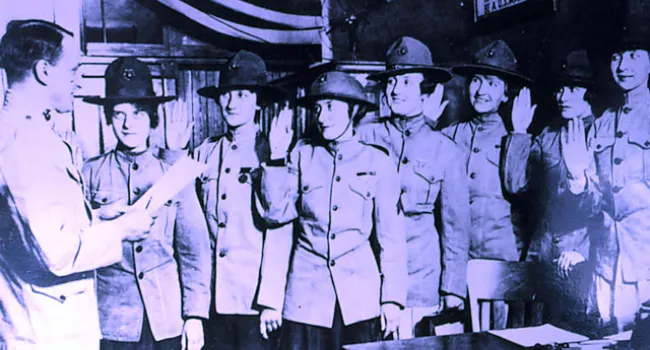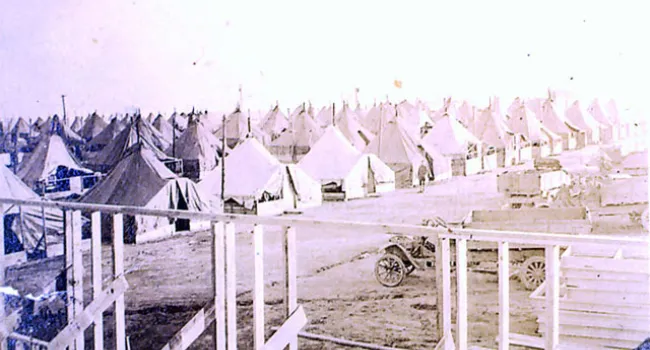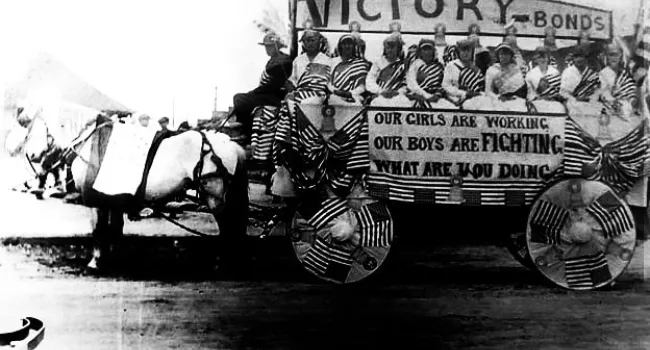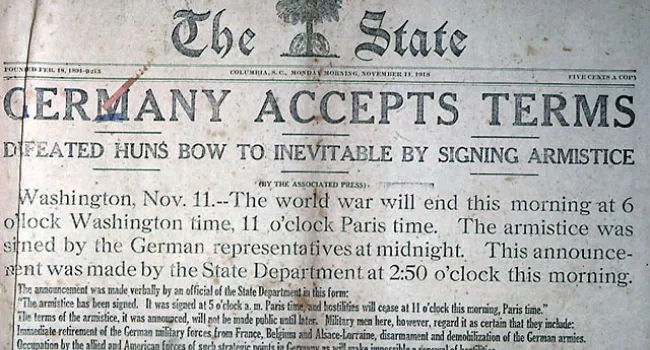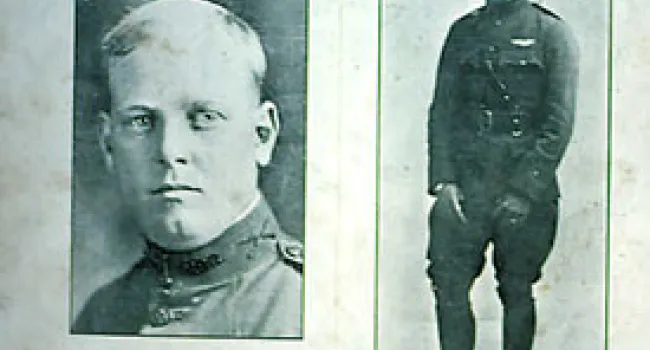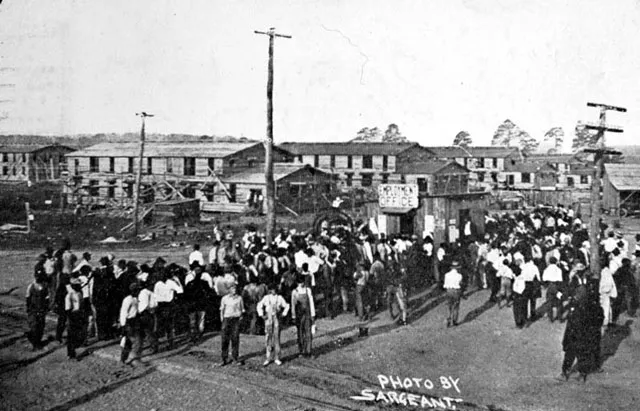
The outbreak of World War I in Europe in 1914 at first did not seem to involve Americans. President Woodrow Wilson, who had spent part of his boyhood in Columbia, promised to keep the U.S. out of the war. But, by 1917, Americans were no longer able to remain neutral on their own terms. When Congress declared war on Germany in April 1917, little preparation had been made for the mobilization of troops or citizens for a war effort. At Camp Jackson, the first need was to build facilities to train recruits into the army. This postcard records both aspects of the enormous buildup at the camp. The caption for the photograph reports that, at the employment office at Camp Jackson, "More than 1,000 men have been employed in a single day" to build the new barracks. The young recruit who sent this card to his relative in Chicago in September 1917 wrote of the troops, "They have been coming in pretty fast. I am working in the Light Artillery section. There is building going up every place."
Courtesy of the Howard G. Woody Postcard Collection.
